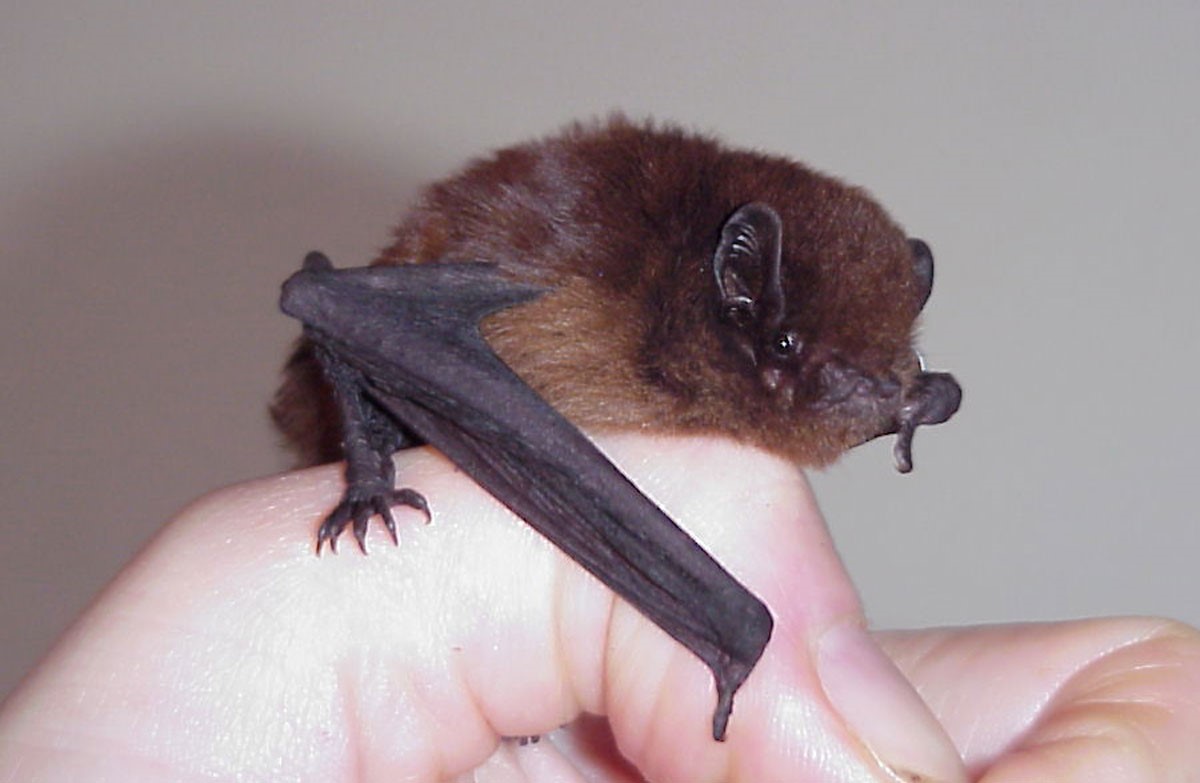Is it a bird? Is it a bee? No, it’s NZ batman
They can consume 1000 mossies a night – our new best friend in the ‘hood.

While Bat Appreciation Day may pass unnoticed in New Zealand (it is in April), you might be one of the lucky few whose backyard is home to bats (pekapeka).
Surprisingly long-tailed bats, a species listed as vulnerable, have been found roosting in the West Auckland neighbourhoods of Swanson, Henderson Valley, and Waitakere.
Once common, bat numbers have dropped significantly with one species thought to be extinct and the two remaining species listed as vulnerable and endangered.
Auckland Council’s Senior Biodiversity Advisor Ben Paris has been leading the charge in mapping where the shy bats can be found.
Paris – or NZ Batman as he is known on social media – leads bat spotting trips in summer months and works with locals by lending bat detectors to the community.
The detectors make bat sounds audible to human ears and “citizen scientists” can log where they heard them on a bat map.
Paris said detectors are free for the community to borrow to track down bats in their neighbourhood.

“Search near open school fields, golf courses, and local parks. Bats need to be near waterways, open space, and large old trees for roosting.”
While bats make some people squeamish their insect-heavy diet could make summer nights more enjoyable.
Estimates suggest a single bat can eat up to 1000 mosquitoes in a night. If you have ten bats roosting nearby, your BBQ might have 10,000 fewer mosquitoes.
There are plenty of other reasons to appreciate the furry, flying mammals.
Their tiny size is no impediment to speed, despite a wingspan only as wide as an adult male’s hand they can fly at speeds of up to 60 km/hand cover distances of around 100 square km.
While flying, they use echolocation to find food, scooping up insects in their tail.
Echolocation helps them pinpoint tiny insects at night, however, a study on overseas bats species suggest fierce sonic warfare battles could be going on unheard above our heads.
When two bats competed for the same insect one would sometimes make a different noise called sinFM where they raise and lower their pitch in bursts.
The study showed when this sound was played a bat would miss its target up to 85 per cent of the time suggesting bats can jam each other’s sonar to beat each other to prey and making them the first example of a non-human animal that competes with a rival by disrupting its senses.
During winter when the temperature drops and insects are scarce long-tailed bats have a clever trick, Paris said.
“Bats go into a type of hibernation called torpor, where they slow down their metabolic rate so they only need to feed on the warmer nights when insects are more active.”
Insect availability also dictates bat breeding habits. Mating usually occurs in late summer and birth is usually in spring, making bats one of the slowest reproducing animals in the world.
It is thought the female bat increase the chances of young surviving by delaying the release of sperm until weather warms and plenty of insects are available.
Some bat species can have two to three pups a year, but the New Zealand long-tailed bats have only one pup per year, increasing the difficulty in growing bat numbers.
The Department of Conservation (DOC) nationally vulnerable status means our backyard wonders could become extinct in the medium term.
Plagues of rats are one threat they face, but habitat loss through tree removal, and food source loss through urbanisation is another issue.
Waterways are also important, Paris said.
“Bats use streams as feeding and transport highways as they feed on insects coming off the water at night. Control the exotic weeds, trap the rats in your backyard, and do some plantings to provide shade for insects to breed that bats can eat.”
One way to celebrate Bat Appreciation Day is to learn how you can help Auckland’s bat population is to trap rats on your property. A RNZ article lists several ways this can be done in your backyard.




